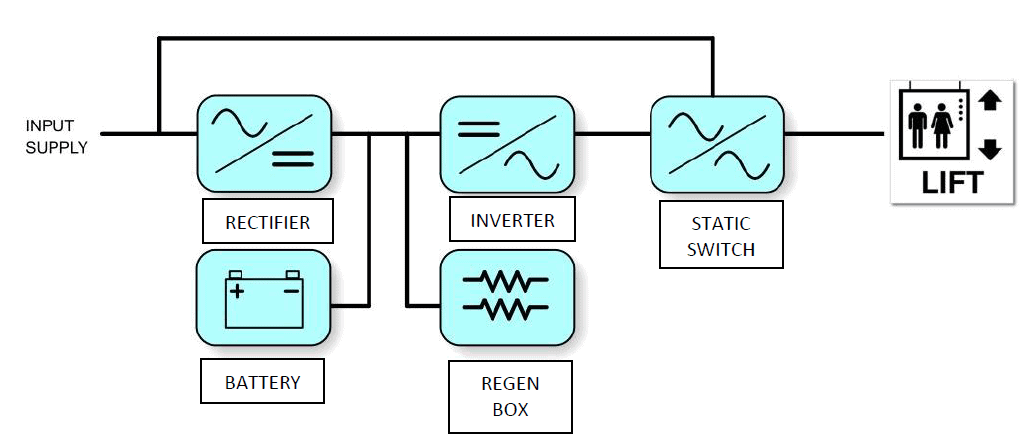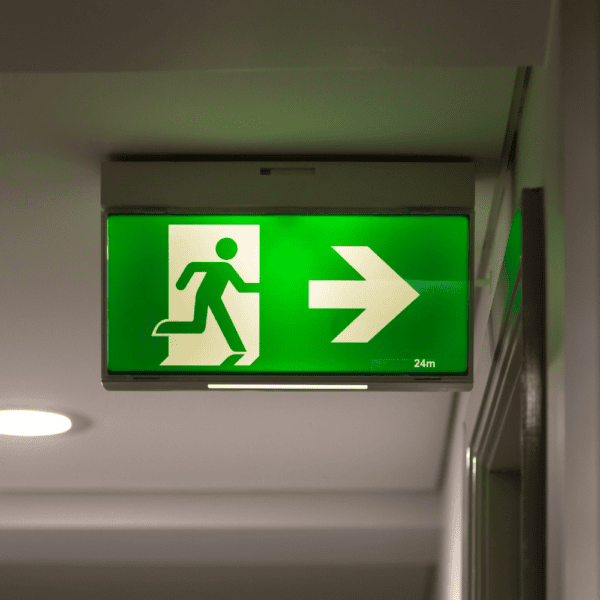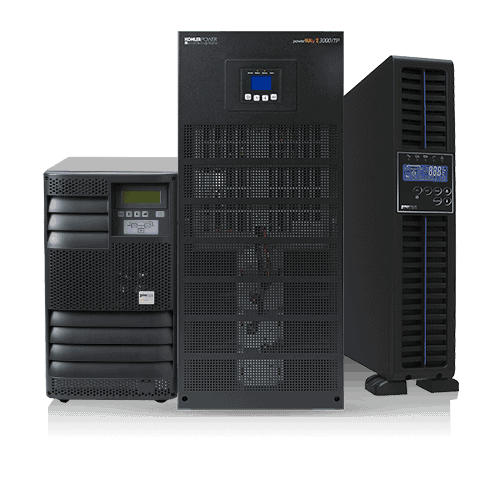While we at KOHLER Uninterruptible Power (KUP) continue to address the demand from data centres and other applications needing power protection for their sensitive ICT equipment, we have also seen a significant rise over recent years in enquiries for emergency lift secondary power supplies. This is due to a change in UK legislation, particularly the BS 9999 Annex G (Fire regulations) standard, which means that all lifts intended for evacuation use must now have an alternative power supply.
Regulatory demands for emergency lift UPS
These regulations state that emergency lifts must remain available during a power outage, with the presence of an authorised person, to provide an evacuation route with priority for disabled persons when stairs are impossible. They allow the building management to evacuate disabled persons as individual disabled persons are not permitted to evacuate themselves. These lifts should carry passengers under normal conditions, as well as providing evacuation and occasional goods transportation.
The regulations also call for both a primary and independent secondary power source. This is separate from normal site-wide power back-up requirements. In KUP’s experience, bringing a secondary power supply into a building often isn’t possible, so an onsite UPS, generator, or combination of both must be used instead.
Regulations for emergency lifts in healthcare applications
However, if a generator is used in healthcare facilities, then a UPS must also be installed. This is because of a regulatory requirement to test emergency generators under load for 30 minutes, plus warming up and cooling down periods, at least once every month. If the main power source fails during these test periods, the emergency lifts will not be functional.
Emergency lift backup power in small spaces
Conversely, a UPS can be used without a generator. In fact, this is often an attractive choice which is easier to install into a lift room, often located above the lift. In such circumstances, the UPS provides both cost- and space-saving benefits over a generator.
Consider the evacuation plan
Irrespective of type, the back-up power supply must operate a lift with sufficient capacity to meet the needs of the evacuees for either 60 minutes or 3 hours depending on the evacuation plan and whether immediate evacuation of the premises is possible. For example, hospitals and care homes require a longer evacuation process, so need backup power for at least 3 hours.
Cables from this power supply must be separated from those for the primary power feed, and routed through low fire risk areas. The power supply, like the refuge area, should also be protected from fire for 30 minutes. The lift must have communication between the main floor, car and machinery room.
A purpose-designed lift UPS solution
Any UPS chosen to support emergency lifts must include protection from the regenerated power fed back from lifts during their normal operation. Otherwise, this reverse energy would cause the UPS’s internal DC bus voltage to rise above its safe design levels, possibly damaging the DC capacitors, rectifier and inverter.
KUP’s LIFT UPS, purpose-designed for lift applications, features this protection along with cost-effective, easy installation and integration. The UPS incorporates an intelligent braking system, using IGBT controllers to electronically absorb any back-fed regenerative energy from the lift. The controllers are situated within a separate regeneration box that connects directly to the UPS DC Bus.

Fig.1: KUP LIFT UPS block diagram
The DC bus voltage of the UPS typically floats at +/-405Vdc and can boost up to 435Vdc. The Regen Box monitoring system continuously analyses the internal DC bus voltage; when this increases beyond 435Vdc, fast switching IGBTs connect DC resistors and dissipate the energy as heat, protecting the UPS components and inverter operation. When the DC bus voltage drops back to an acceptable level, the Regen Box self-deactivates.
Conclusion
Emergency lifts make special demands on UPSs used for their secondary power supply. However, KUP’s LIFT UPS can meet these demands from minimal space, fewer components, controlled levels of noise pollution and a reduced carbon footprint. It is available in power ratings from 10 – 80kVA.





